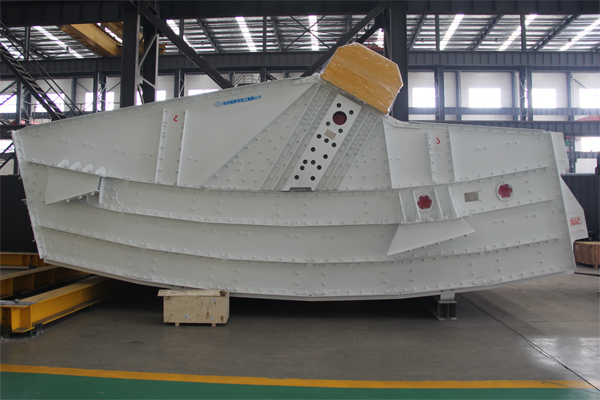What are the types of vibrating screens?
Vibrating screens are essential equipment in various industries for the screening and classification of materials. They come in several types, each designed for specific applications and requirements.
Vibrating Screen Types

Circular Vibrating Screen
This type of vibrating screen is widely used in the mining and construction industry. It utilizes a circular motion for efficient screening and is suitable for both dry and wet screening applications.
- This type of vibrating screen employs a circular motion for efficient screening of materials.
- It is versatile and widely used in industries such as mining, construction, and aggregates.
- Circular vibrating screens are suitable for both dry and wet screening applications.
- They offer high screening efficiency and are relatively easy to operate and maintain.
Linear Vibrating Screen
Linear vibrating screens use linear motion to screen materials. They are suitable for screening fine to medium-sized materials and are commonly used in industries such as mining, coal, metallurgy, building materials, and chemical engineering.
- Linear vibrating screens use linear motion to screen materials, moving in a straight line.
- They are ideal for screening fine to medium-sized materials in industries such as mining, coal, metallurgy, and chemical engineering.
- Linear vibrating screens offer high screening efficiency and accuracy, making them suitable for precise classification tasks.
- They can handle large processing capacities and are available in single or multiple deck configurations.

Elliptical Vibrating Screen
This type of vibrating screen employs an elliptical motion, which provides high screening efficiency and large processing capacity. It is often used in the classification of various minerals and coal.
- Elliptical vibrating screens employ an elliptical motion, providing high screening efficiency and large processing capacity.
- They are effective in screening various minerals and coal, offering reduced pegging and blinding compared to other types of screens.
- Elliptical vibrating screens are suitable for both dry and wet screening applications, making them versatile for different industries.
High-Frequency Vibrating Screen
High-frequency vibrating screens operate at higher frequencies, typically 3600-7200 RPM, which allows for more efficient screening of fine materials. They are commonly used in the mineral processing industry.
- High-frequency vibrating screens operate at higher frequencies (3600-7200 RPM), allowing for more efficient screening of fine materials.
- They are commonly used in the mineral processing industry for separating particles based on size and shape.
- High-frequency vibrating screens offer improved screening performance for difficult-to-screen materials, resulting in higher throughput and efficiency.

Banana Screens
Banana screens have a banana-shaped screen deck with varying angles of inclination. They are particularly effective for screening fine and sticky materials, as the inclined deck reduces pegging and blinding.
- Banana screens feature a banana-shaped screen deck with varying angles of inclination.
- They are effective for screening fine and sticky materials, reducing pegging and blinding.
- Banana screens offer high processing capacity and are suitable for applications requiring high throughput and efficiency.
Dewatering Screens
Dewatering screens are designed to remove excess moisture from materials, typically achieved by applying a linear motion to the screen deck. They are commonly used in the processing of sand, aggregates, and minerals.
- Dewatering screens are designed to remove excess moisture from materials, typically achieved by applying a linear motion to the screen deck.
- They are commonly used in sand, aggregates, and minerals processing for dewatering applications.
- Dewatering screens improve product quality by reducing moisture content and are available in various sizes and configurations.

Flip-Flop Screens
Flip-flop screens utilize elastic mesh screens that alternate between parallel and perpendicular orientations. This design reduces blinding and pegging, making them suitable for screening difficult-to-screen materials.
- Flip-flop screens utilize elastic mesh screens that alternate between parallel and perpendicular orientations.
- They are effective for screening difficult-to-screen materials, reducing blinding and pegging.
- Flip-flop screens improve screening efficiency and product quality, particularly for high-moisture, sticky, or fine materials.
These are some of the commonly used types of vibrating screens, each designed for specific applications and materials. The selection of the appropriate vibrating screen depends on factors such as the size and nature of the material to be screened, processing capacity, and desired screening efficiency.



